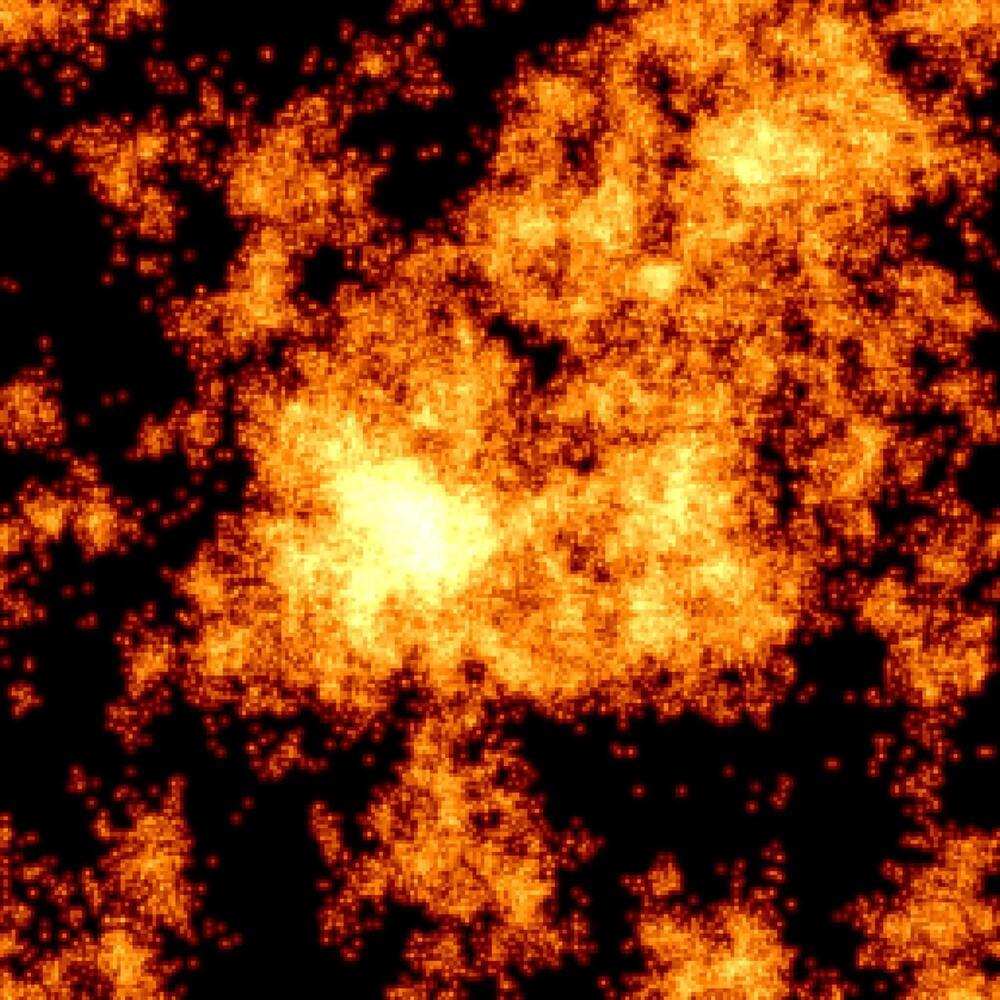Experiments with an unconventional superconductor show that a change in the properties of the material’s electrons can, unexpectedly, cause the material to become dramatically less stiff.
Electrons flowing through a crystal lattice don’t usually get to call the shots: their behavior is generally set by the lattice structure. But certain materials exhibit an electron–lattice coupling that allows the conduction electrons to influence the lattice behavior. This electron version of “wagging the dog” is predicted to be quite weak, making it a surprise that experiments with an unconventional superconductor now uncover a large electron-driven softening of the material’s lattice [1]. The finding could provide new insights into the mechanisms underlying unconventional superconductivity.
The lattice in a crystalline material is a periodic framework of atoms held together by electrostatic bonds. That framework dictates the properties of electrons moving through the material. For example, if the lattice is altered by applying mechanical strain or by adding dopant atoms, the electron momenta will correspondingly change, which can affect the material’s electronic band structure.








